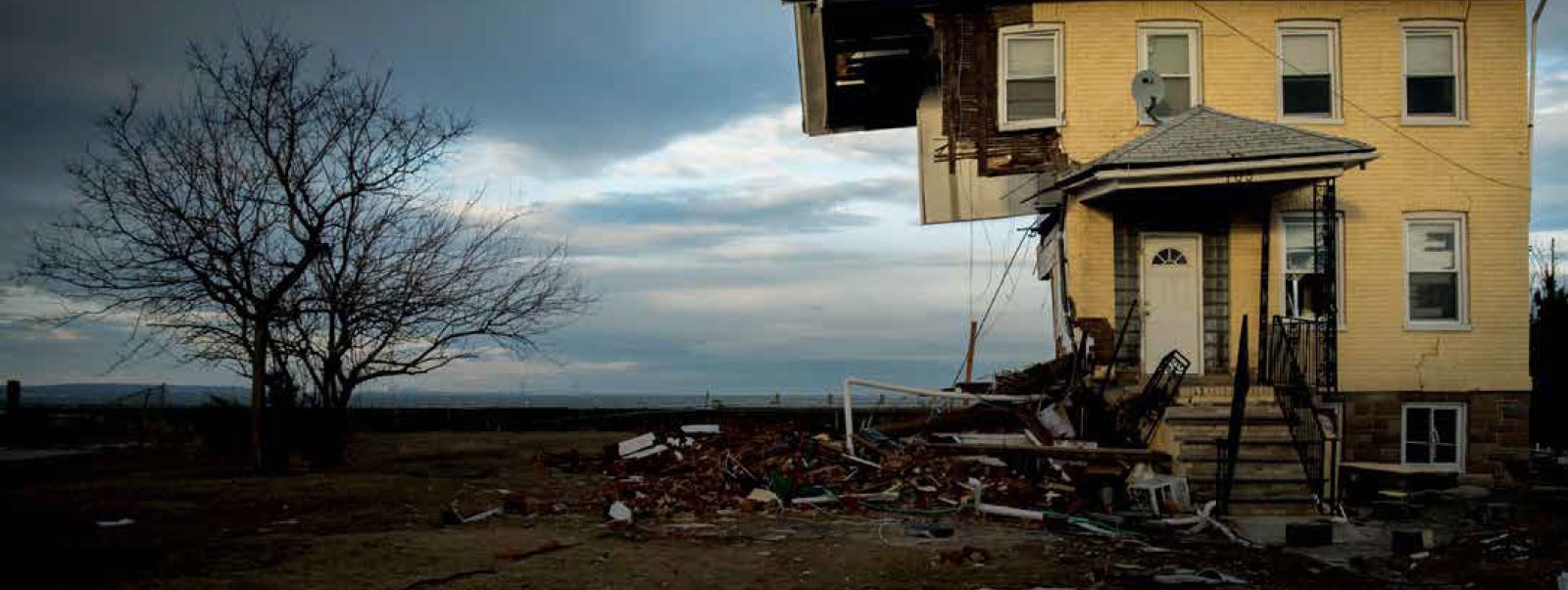Economic losses from severe weather events worldwide have soared to $1.4 trillion in the past 10 years, up from $387 billion in the 1980s, according to the World Economic Forum’s Global Risks 2013 report. More frequent "100-year" storms due to climate change are one reason these costs are climbing. The migration of people to disaster-prone areas is compounding the problem. More than 1 billion people live in low-lying coastal areas, especially in Asia. In England, new construction in the Thames Gateway flood plain accounts for 11 percent of overall new construction. In the United States, the population of hurricane-prone Florida has jumped six-fold over the past 60 years.
The portion of natural disaster relief costs shouldered by cash-strapped governments and international agencies has also been escalating. When Hurricane Diane struck New Jersey in 1955, government bore only 6 percent of the repair costs. By contrast, government picked up 69 percent of the aid required in 2008 when Hurricane Ike ripped from Texas through the eastern Midwest to Canada, according to Wharton’s Risk Management and Decision Processes Center. People increasingly expect governments to supply financial aid in an extreme weather event, creating a huge unfunded liability for society as more people migrate to disaster-prone areas.







